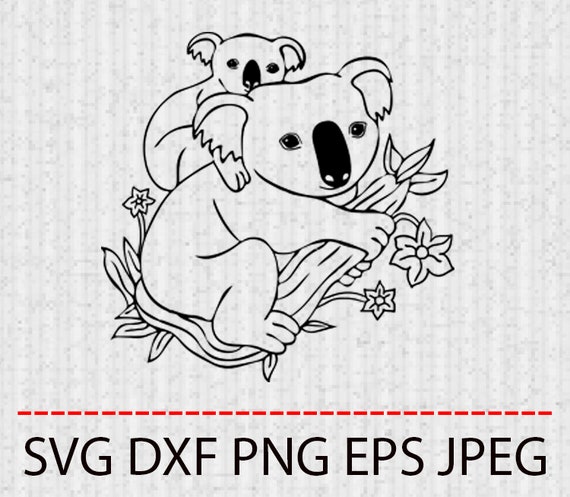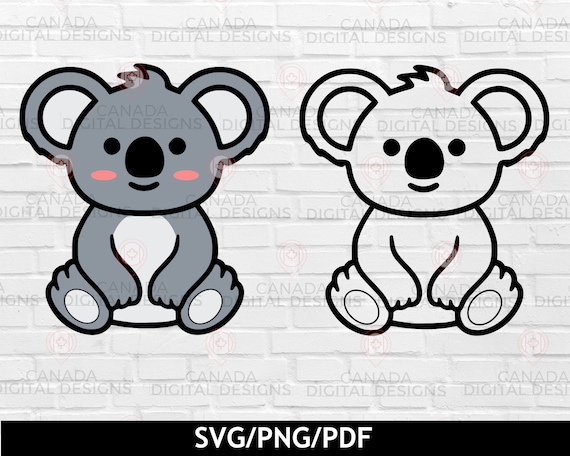

- USE CODEKIT ONDIFG FILES KOALA HOW TO
- USE CODEKIT ONDIFG FILES KOALA INSTALL
- USE CODEKIT ONDIFG FILES KOALA CODE
- USE CODEKIT ONDIFG FILES KOALA DOWNLOAD
- USE CODEKIT ONDIFG FILES KOALA MAC
Javascripts_dir = " js" #targets our JavaScript directory Images_dir = " images" #targets our pre existing image directory Sass_dir = " sass" #targets our sass directory " #targets our default style.css file at the root level of our theme http_path = " /" #root level target pathĬss_dir = ". I’ve added some comments to explain what each line means. In our case, the config.rb file will look like the example below. The config.rb fileĮvery Compass based project utilizes a configuration file to define folder/file names and their locations within our projects. The files highlighted in red above have either been added or referenced in our Sass configuration (config.rb file) which we will cover next. The twentyfourteen theme with our new files and folders in order to work with Sass. The default twentyfourteen folder structure is as follows: We will be using the twentyfourteen theme for this tutorial. Setting up our theme with Sass with Compass

Now that we have both Sass and Compass installed we need to set up our theme’s folder structure.īe sure to keep your command line editor open.
USE CODEKIT ONDIFG FILES KOALA INSTALL
From there you should see both Sass and Compass install on your system. Doing so will prompt you for your system password. A quick fix is to type the command sudo before all of these lines. Note* – you may get an error about getting access to directories you are changing.
USE CODEKIT ONDIFG FILES KOALA CODE
To install Sass and Compass for the first time, simply open up your command line tool of choice and type the few lines of code below. Visit the install documentation at or to learn more. Use whatever framework you like or combine theme like I sometimes do. An alternative to Compass is another framework called Bourbon. We will also be using Compass, an open-source CSS authoring framework which out of the box provides many quick and useful additions to Sass. Most Mac’s come with Ruby installed but if you are on a Windows machine you may have to look into an alternative solution. Sass has a Ruby dependency so we need to install the Ruby gem in order to get working properly. Seeing the WordPress dashboard mean we have a succesfull install 🙂 Installing Sass and Compass

USE CODEKIT ONDIFG FILES KOALA DOWNLOAD
To get started with WordPress you’ll want to head to to download the latest version. Another tool I will use throughout this tutorial is MAMP.
USE CODEKIT ONDIFG FILES KOALA MAC
I work on a Mac so I personally use CodeKit but you are welcome to use any other preprocessor out there or even the good ole’ command line which we will use in this tutorial. Helpful Toolsīefore we start, I recommend getting ahold of some tools to make your life easier when compiling your Sass. For more information in getting started with WordPress check out some of our other blog posts. I invite you all to follow along regardless. This may be review for some of you and new to others.

For demonstration purposes I will be downloading WordPress and running it locally on my machine and showing you each step of the way. This tutorial assumes you have working knowledge of setting up a WordPress environment.
USE CODEKIT ONDIFG FILES KOALA HOW TO
Rather, my intention is to show you how to go about using it with WordPress the most common CMS available today and one we love here at Elegant Themes. This article isn’t meant to teach you Sass or explain why it’s so powerful. So, if you simply don’t like the idea of using a preprocessing language you’re still in the clear. In the end all of these preprocessing languages get compiled down to CSS. The reality is that Sass (and other CSS preprocessors) can be a extremely powerful ally to any designer or developer interested in writing less and doing more. Little did I know, once learned, the language I thought was so tough would save me time, headaches, and improve my workflow. I’ve got enough to deal with…”įrom the outside perspective I thought of Sass as an advanced language which added both useless complexity and mind numbing configurations to my projects. I thought to myself- “Why on earth would I make things more hard on myself when developing a website. The day I was introduced to Sass I was instantly turned off by it. The aspect of design or the presentation layerof a website had always hit home with me. For years CSS has been my favorite language to write while developing a website.


 0 kommentar(er)
0 kommentar(er)
